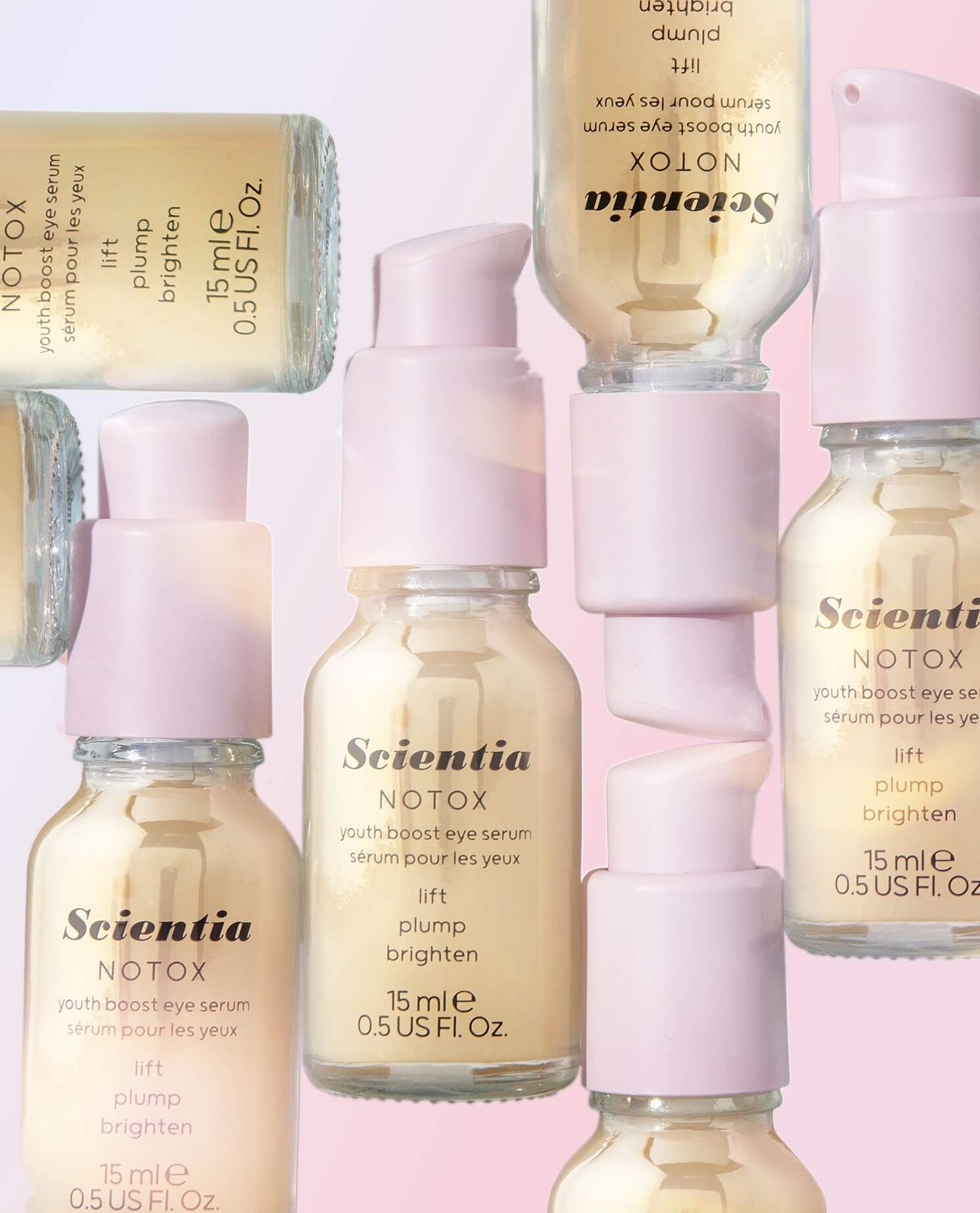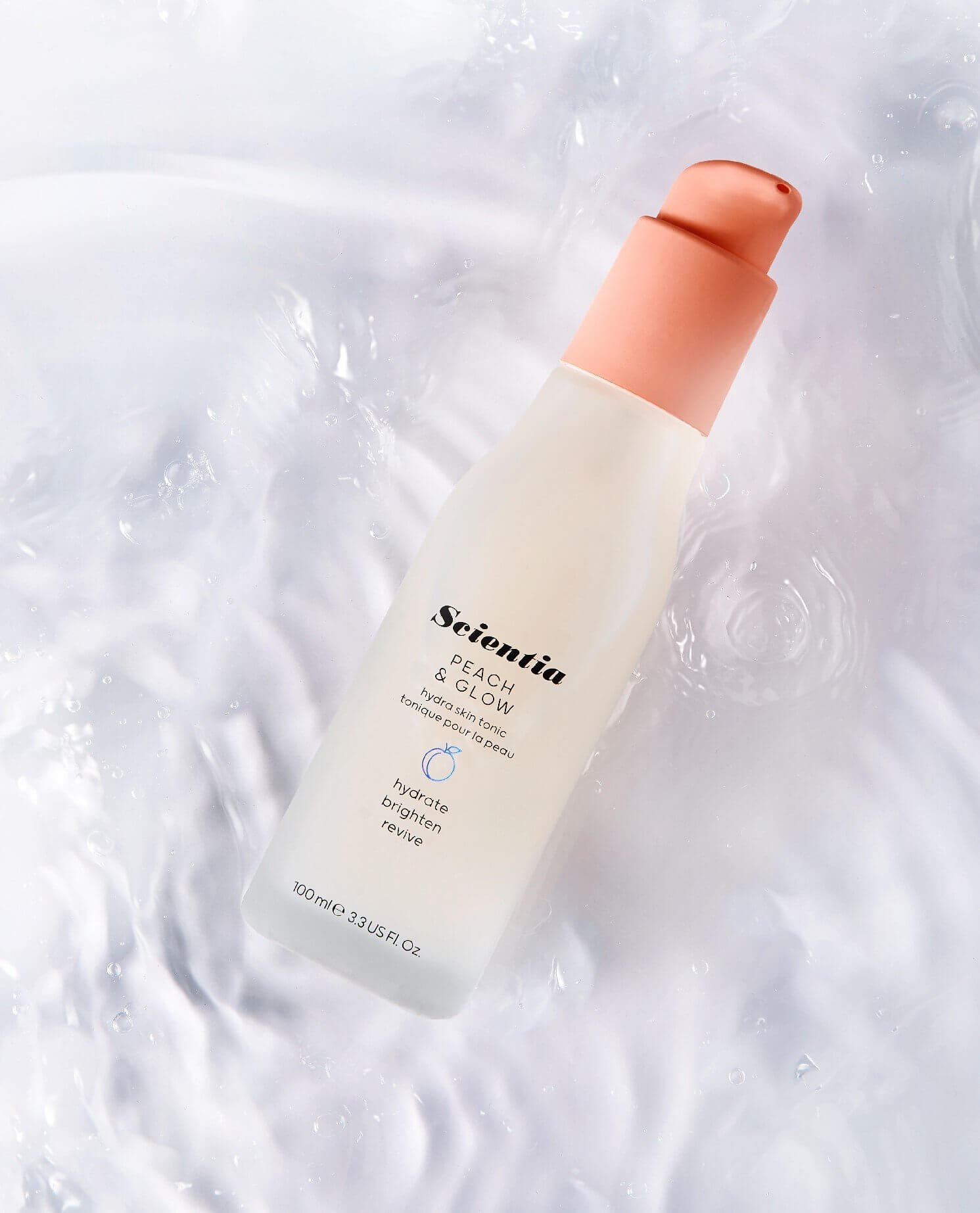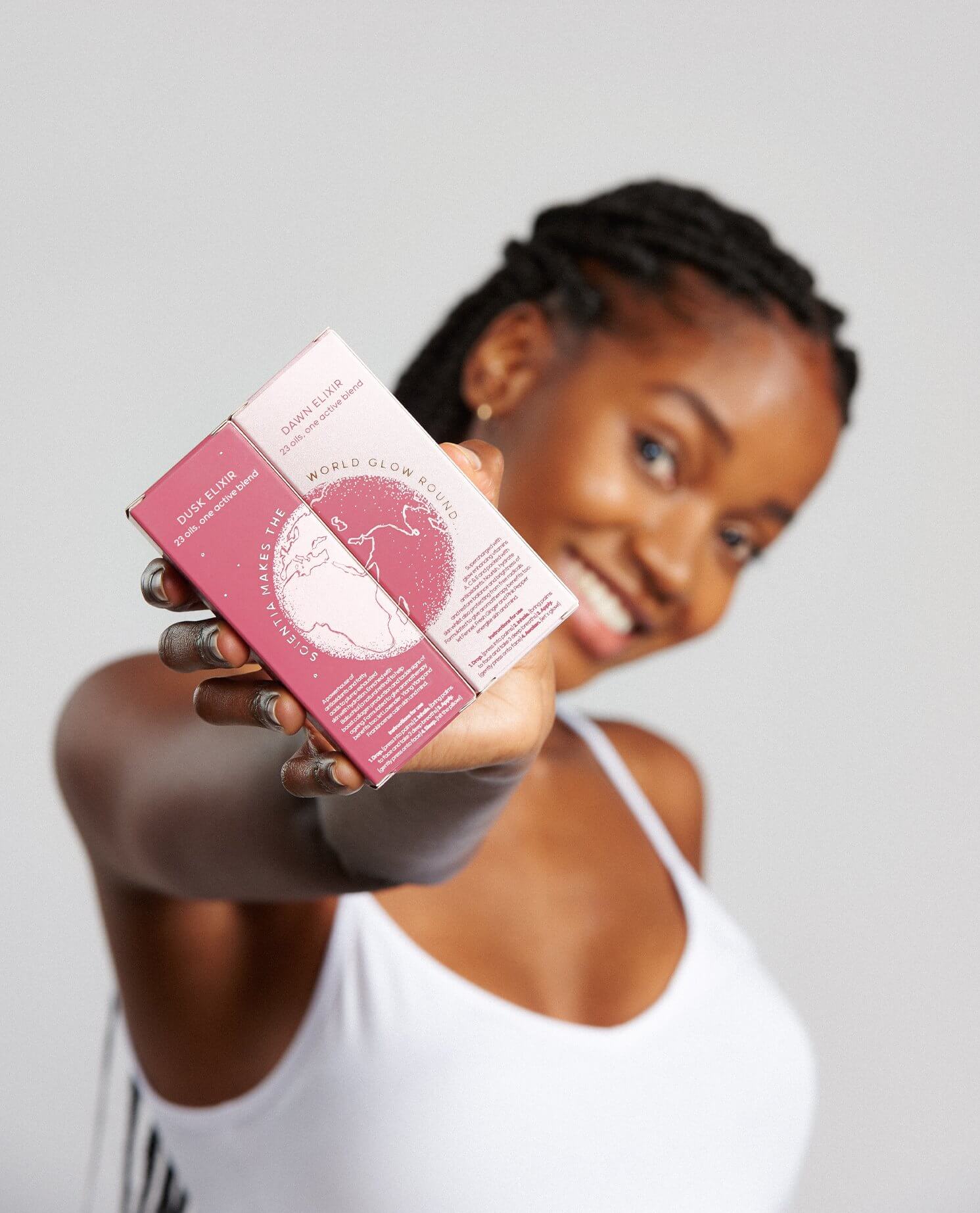The appearance of dark patches on the face or body can be annoying at best and at worst, full on distressing. Here’s how to tell which type of hyperpigmentation you’re experiencing and more importantly… what you can do to prevent and treat it.
What is hyperpigmentation?
Hyperpigmentation can refer to any discolouring or darkening of the skin. Commonly identified by patches of darker skin appearing on the face and body, skin hyperpigmentation is a very common condition that can have several root causes. And since there are several reasons you might be experiencing hyperpigmentation, it’s important to understand why your skin looks patchy, before you can work out how to tackle it. So, let’s start at the beginning…
At a very basic level, hyperpigmentation is caused by an increase in the production of melanin, the natural pigment in our skin that determines eye, hair and skin colour.
You may know of course know melanin as the key ingredient in a suntan. It is our natural protection from UV rays, triggered when we are exposed to the sun, making our skin look darker. However, whilst a suntan generally only affects the top layer of the skin meaning it fades pretty quickly (sob!), hyperpigmentation commonly takes hold in the much deeper layers of the skin, making it more difficult to tackle.
Why do I have hyperpigmentation?
The million-dollar question!
Although melanin is a protective pigment that we very much need, occasionally the pigment-making cells in our skin called melanocytes go into overdrive, making a surplus of melanin and planting this into the deeper levels of the skin. This is usually in response to an external or internal trigger such as overexposure to the sun or hormonal changes such as pregnancy.
However, the exact answer to this question really depends on the type of hyperpigmentation you’re experiencing.
Inflammation. Ignored the golden rule and squeezed those spots? Small patches of red or brown skin following a breakout could be post-inflammatory scaring left over from when the wound has healed. This is also true of any other skin condition that has ‘injured’ the skin.
Sun exposure. As the most common cause of pigmentation, it is often the result of many years’ worth of sun exposure, which is why pigmentation marks are sometimes referred to as ‘age spots.’ This is a bit misleading in our opinion, since hyperpigmentation can affect you at any age, but what IS true is that some pigmentation is the result of several years’ worth of sun exposure. Just one more reason to use SPF Every. Single. Day.
Hormones. Annoyingly, hyperpigmentation as caused by hormonal changes is far more common in women than men and it is extremely common to find that women suffer from pigmentation during pregnancy or in those taking the contraceptive pill
Melasma. A different beast altogether, melasma can be extremely difficult to treat (something that this writer can attest to!) and will need ongoing maintenance to prevent it from re-appearing. Thought to be hormonal, but made significantly worse by exposure to UV rays, melasma usually appears as blotchy patches on the face under the eyes, the upper lip and forehead, often looking somewhat symmetrical. Although it is possible to reduce the appearance of this hyperpigmentation, the difference with melasma is that the skin melanocytes will almost always have certain triggers that will cause them to overproduce melanin. In short this means that without ongoing maintenance, the pigmentation will reappear.
Can I get rid of hyperpigmentation?
Getting rid of hyperpigmentation is unfortunately more difficult than preventing it in the first place, although there are things you can do to lessen its appearance!
First thing’s first. Start with a consistent and targeted skincare routine. We really do mean consistent – in the case of melasma, this will require ongoing maintenance to prevent its reappearance. The introduction of AHAs and BHAs into your skincare routine will help to improve the appearance of any inflammatory scarring, whilst retinols or retinols alternatives and ingredients such as vitamin C, niacinamide and azelaic acid can also help to lesson the appearance.
There's actually a new up and coming ingredient when it comes to tackling hyperpigmentation. Having already shown huge popularity in Japan and South Asia, research shows benefits of tranexamic acid include:
- Reduced inflammation
- Soothed skin
- An improvement in melasma discolouration
- Improved look of skin pigmentation
- Skin brightening
- A smoother skin texture
- Reduced discolouration
- Reduced sensitivity to UV
Sounds pretty amazing, right…?
Essentially for those of us with skin concerns such as hyperpigmentation, dullness, scarring, redness, unwanted texture and even melasma, this incredibly powerful ingredient has the ability to brighten your complexion and improve the appearance of discolouration.
It’s these perks of tranexamic acid that boost the benefits of our new Peach & Glow Hydra Skin Tonic, making it the answer to your pigmentation prayers. Uniquely formulated with, yes you guessed it, tranexamic acid and blended with Matrixyl 3000 and Bakuchiol to soothe skin and really address those pesky pigmentation problems. Plus, tranexamic acid pairs perfectly with other brightening and repairing formulas, like vitamin C and SPF, making it an easy addition to your skincare routine.
Peach & Glow Hydra Skin Tonic

£24.00
Introducing our radiance-boosting, skin brightening, thirst-quenching hydra tonic, for skin that’s fresh, glowing and as juicy as its name sake. With Peach, Lychee and Aloe to refresh and hydrate, Ginseng for antioxidant protection, skin softening Glycerin and Tranexamic Acid to target sun… Read More
Speaking of SPF... Hyperpigmentation is often worsened by further exposure to the sun and melasma can also be triggered by heat, whether that is a skin treatment or an activity that causes you to get hot and sweaty. Although this could be the perfect excuse to avoid the gym, our advice is to stay out of the sun, always wear protective clothing and never, ever leave the house without SPF.
![Scientia Beauty [see-en-cha]](http://scientiabeauty.com/cdn/shop/files/Scientia-awareness-web_230x.jpg?v=1656663400)








